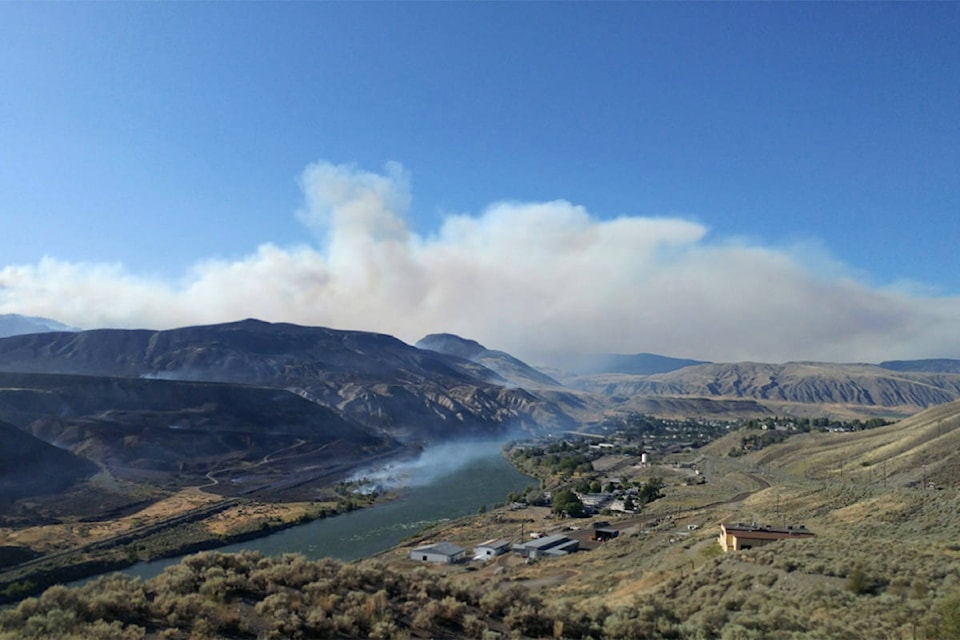Important work to keep people safe by reducing the size and intensity of future wildfires is about to begin in two Williams Lake neighbourhoods.
Risk reduction activities in the South Lakeside and Fox Mountain neighbourhoods may include:
• Removing hazardous trees and flammable shrubs;
• Reducing woody debris and other fuels on the forest floor by piling and burning or chipping and grinding the material for off-site use;
• Thinning forested areas by cutting smaller trees and some mature trees; and
• Pruning low-hanging tree branches to help prevent fire from moving into tree tops.
In addition to making it easier for firefighters to defend the community against future wildfires, these projects will improve the long-term health and resiliency of forests and enhance habitat for mule deer and other wildlife. Other important factors, such as recreational use, riparian areas and cultural values, were considered when planning these projects.
Wildfire risk reduction activities on Fox Mountain will take place in the forested area behind homes on Pheasant Drive and Gannet Road. In South Lakeside, work will take place east of Kinglet Road and Fetters Drive and south of Bluff View Drive.
READ MORE: B.C. Wildfire Service teams up with Tsilhqot’in National Government for firefighter bootcamp
During this project the Billy Goat, Russet Bluff and Southsyde trails will be closed on days when contractors are working nearby. Signage and road blocks will be placed on the trails during these times. The project areas will not encroach on private land. Signage and road blocks will be placed on the trails during these times.
About 1,200 hectares of land in and around Williams Lake are slated for treatment over the next two years. Work will take place in areas where urban development and forests meets, with priority given to areas close to residences or critical infrastructure, or where steep slopes, weather patterns or fuel hazards could impact fire behaviour.
Many of these locations were identified as treatment priorities in the Williams Lake and Area Community Wildfire Protection Plan, which was developed by multiple agencies, communities and First Nations. Preliminary field work and planning for these projects began in 2019.
Treatments will begin in additional areas of the community throughout 2020 and 2021.
Do you have a comment about this story? email:
editor@wltribune.com
Like us on Facebook and follow us on Twitter.
